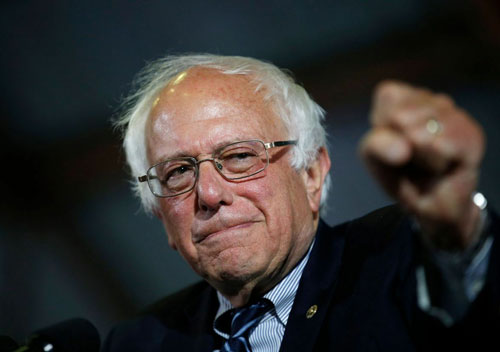Charleston, s.c.
It is the most politically provocative part of Sen. Bernie Sanders’ campaign pitch: that his progressive movement will bring millions of nonvoters into the November election, driving record turnout especially among disaffected working-class Americans and young people.
And yet despite a virtual tie in Iowa, a narrow victory in New Hampshire and a big triumph in Nevada, the first three nominating contests reveal a fundamental challenge for Sanders’ political revolution: He may be winning, but not because of his long-standing pledge to expand the Democratic base.
The results so far show that Sanders has prevailed by broadening his appeal among traditional Democratic voters, not by fundamentally transforming the electorate.
In Iowa, for instance, turnout for the caucuses was lower than expected, up 3% compared with 2016, and the increase was concentrated in more well-educated areas where Sanders struggled, according to a New York Times analysis; in the Iowa precincts where Sanders won, turnout increased by only 1 percentage point.
There was no sign of a Sanders voter surge in New Hampshire either, nor Saturday in Nevada, where the nearly final results indicated that turnout would finish above 2016 but well short of 2008 levels, despite a decade of population growth and a new early voting option that attracted some 75,000 voters. The low numbers are all the more striking given the huge turnout in the 2018 midterm elections, which was the highest in a century.
There was also no clear evidence across the early states of much greater participation by young people, a typically low-turnout group that makes up a core part of Sanders’ base and that he has long said he can motivate to get out to the polls. And Sanders has struggled to overcome his long-standing weakness in affluent, well-educated suburbs, where Democrats excelled in the midterm elections and where many traditionally Republican voters are skeptical about President Donald Trump’s performance, meaning they could be up for grabs in November.—AP










